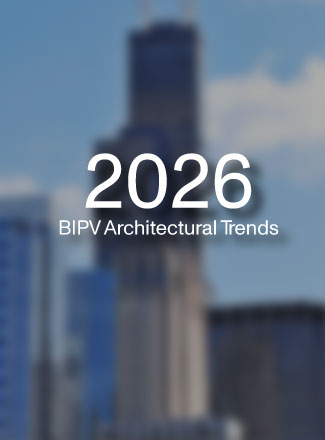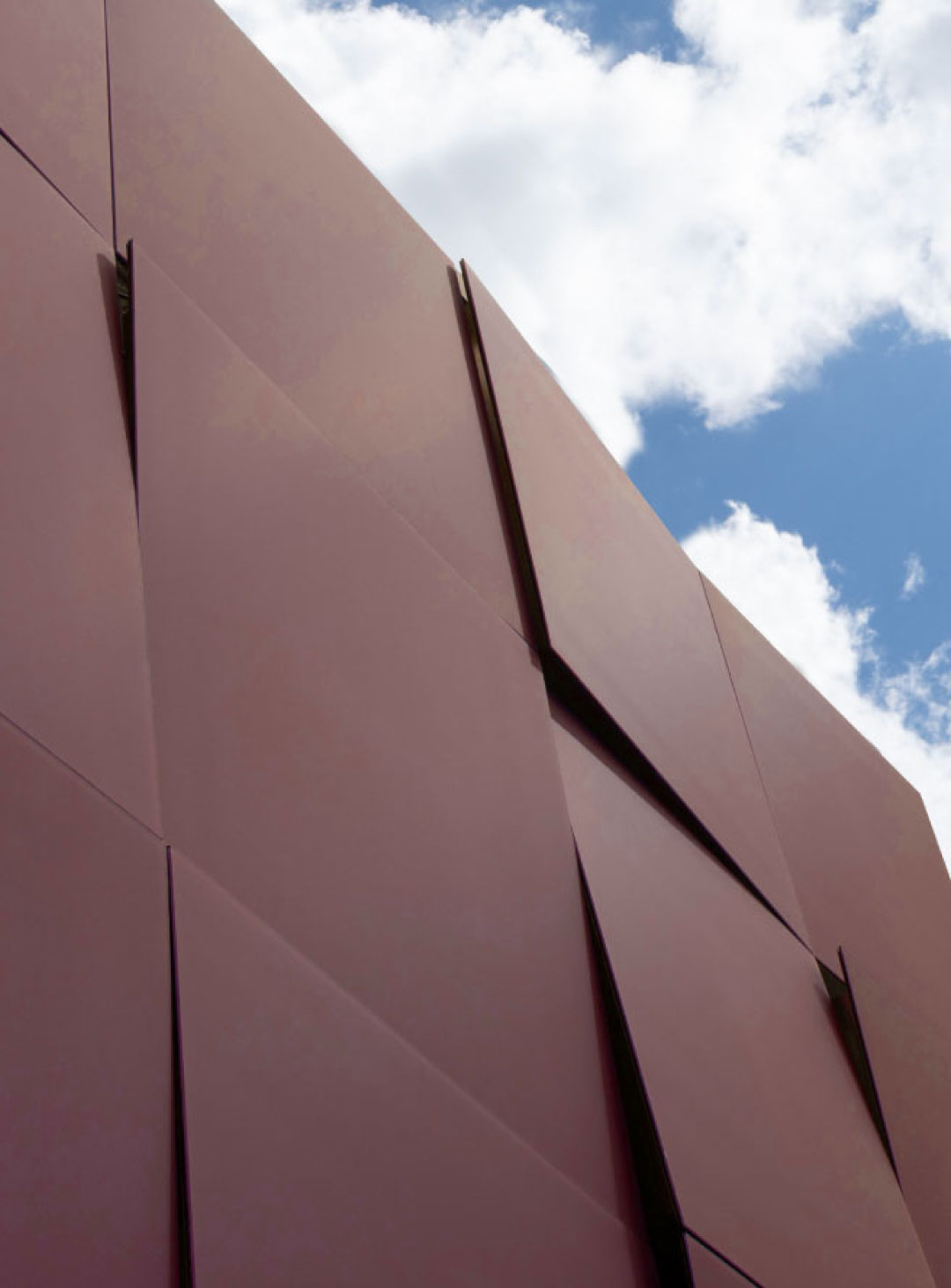
BIPV
October 6, 2023

Solar power has rapidly transitioned from a niche market to a mainstream solution for our energy needs. Specifically, Building-Integrated Photovoltaics (BIPV) have been a game-changer. These innovative systems, installed directly into building structures like facades or railings, not only produce energy but also act as functional building components. If you're considering a building integrated solar installation, understanding the required equipment is crucial. This blog breaks down everything you need to know.
Traditional solar farms, though effective, often face challenges with transmission losses and grid congestion. The solution? Bringing the solar power generation directly where it's consumed. By integrating solar projects into the structure of buildings, BIPV systems harness sunlight effectively, reducing transmission losses and offering sustainable energy solutions for our ever-growing urban landscapes.
For many building owners, the decision to opt for building integrated solar isn't just about the environmental benefits. The practical concerns — like space requirements and costs — are crucial considerations. While solar panels are the most visible components of these projects, a lot of vital equipment operates behind the scenes to make these installations functional and efficient.
For a successful BIPV installation, several common components are essential:
The specific requirements for these components can be influenced by a range of factors. These factors include the overall size of the system, the type of electricity phases it operates on, and the prevailing local regulations that govern its installation and operation. For example, Mitrex building integrated solar panels are expertly designed to function at system voltages ranging from 600V up to 1000V. This broad voltage range demonstrates their versatility and offers significant flexibility when integrating them into different systems or architectural designs. Building integrated solar offers a promising path towards sustainable urban energy solutions, combining architectural aesthetics with energy production. With the right equipment in place, these installations not only contribute to a greener planet but also offer substantial cost savings in the long run. When considering integrating BIPV into the building, understanding the necessary tools and equipment will set you on the path to success.
News & Articles

Mitrex BIPV is engineered to match—and exceed—the lifespan of high-performance building envelope systems, delivering structural durability, long-term energy output, and measurable sustainability benefits. This article outlines the testing, certifications, and warranties behind solar facades designed to perform for decades across global climates and project types.

Mitrex BIPV is engineered to match—and exceed—the lifespan of high-performance building envelope systems, delivering structural durability, long-term energy output, and measurable sustainability benefits. This article outlines the testing, certifications, and warranties behind solar facades designed to perform for decades across global climates and project types.

Design-driven solar façades are the future—and in 2026, building-integrated photovoltaics (BIPV) must meet high architectural standards as well as performance benchmarks. This blog highlights five architectural design trends that are shaping next-generation BIPV applications and how Mitrex products—from custom murals to landmark towers—are making them a reality.

Design-driven solar façades are the future—and in 2026, building-integrated photovoltaics (BIPV) must meet high architectural standards as well as performance benchmarks. This blog highlights five architectural design trends that are shaping next-generation BIPV applications and how Mitrex products—from custom murals to landmark towers—are making them a reality.

This blog introduces eFacade TILT, Mitrex’s newest BIPV product that blends solar generation with architectural depth. Featuring tilted modules, 23 available colours, and seamless rainscreen system integration, TILT transforms flat walls into high-performance, three-dimensional assets.

This blog introduces eFacade TILT, Mitrex’s newest BIPV product that blends solar generation with architectural depth. Featuring tilted modules, 23 available colours, and seamless rainscreen system integration, TILT transforms flat walls into high-performance, three-dimensional assets.